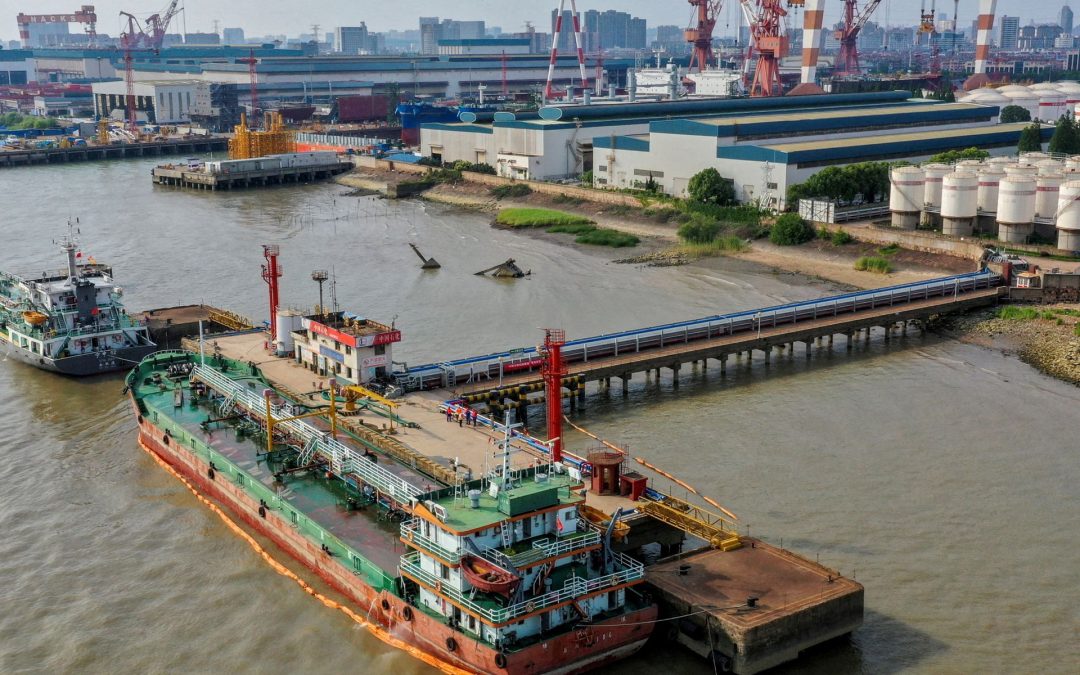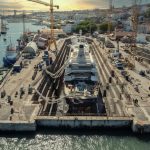Trafigura is eager to make early-stage investments in green fuels to encourage maritime decarbonization, but regulators must improve emissions restrictions to make a low-carbon transition commercially viable, according to Rasmus Bach Nielsen, Global Head of Fuel Decarbonisation. Trafigura, in addition to being a significant trader, has set an aim of investing in 3 GW green hydrogen projects by the end of the business year 2029-30 (October-September), while also studying ways to power its enormous shipping fleet with low-carbon fuels. “In order to participate in the green transition, we are investing in early-stage projects to bring green fuels to the market,” Nielsen told S&P Global Commodity Insights in a recent interview. “We have also potential offtake opportunities from our own side.”
Trafigura is a Germany-based project developer Hy2gen shareholder that focuses on renewable hydrogen and its derivatives with over 12 GW of electrolysis capacity in development.
Aside from the equity investment, Trafigura has partnered with Hy2gen and Copenhagen Infrastructure Partners to build a hydropower-based green ammonia plant in Norway, which could produce 200,000 mt/year from 2027 subject to a final investment decision.
Moreover, H2 Energy Europe — a joint venture of Trafigura and H2 Energy — is developing a 1 GW renewable hydrogen plant in Denmark with a production capacity of 90,000 mt/year and a startup date in 2026.
Renewable hydrogen could be essential in helping the world reduce greenhouse gas emissions, according to energy analysts, and Trafigura has aimed to provide the zero-emissions fuel and its derivatives to multiple sectors, including shipping.
But carbon pricing mechanism are either non-existent or not yet robust enough to bridge the price gap between sustainable and fossil fuels in most jurisdictions, so heavy GHG emitters have limited incentives to decarbonize, the company said.
“The whole challenge around green transition right now is you have to put more capital at work at an earlier stage, without knowing the outcome … because the regulatory frameworks are not clear,” Nielsen said.
Shipping regulations
The International Maritime Organization has aimed to reduce the carbon intensity of international shipping by 40% by 2030 and to halve emissions by 2050 from 2008 levels
However, environmentalists and maritime professionals said the current targets do not align with the Paris Agreement’s climate goals. By midcentury, dozens of member states have now called for a zero-emissions or net-zero target.
“[We need to] establish a new target for 2050, but we also need very strong 2030 targets and 2040,” Nielsen said.
“If it’s only a 2050 target, then people won’t have the pressure and incentive to decarbonize by 2030, and that’s what is required now.”
If the IMO heeds some industry calls to set a target to have 5% of global bunker mix from low- and zero-emission fuels by 2030, Nielsen estimated that around 30 million mt of them would be required.
In their reference case, S&P Global analysts expect low-carbon supplies to make up 2.2% of the world’s marine fuel consumption of 328 million mt in 2030.
In early July, IMO member states are scheduled to meet to finalize new emissions targets and GHG regulatory frameworks, which could include a carbon levy on bunker consumption.
Trafigura has advocated a $250-$300/mtCO2 levy to incentivize the switch to green fuels.
“Ultimately, higher the carbon levy, the better in terms of making low- and zero-emission fuels price competitive,” Nielsen said.
Platts, part of S&P Global, estimated the 0.5%S marine fuel bunker price by calorific value at $13.049/Gj and fossil methanol at $13.065/Gj in Rotterdam on June 26. Industry estimates suggested “green methanol” based on renewable hydrogen could be at least two to three times more expensive.
Future fuels
Trafigura has suggested in a white paper released in May that hydrogen has a low volumetric energy density and needs to be processed into e-methanol or e-hydrogen to be a feasible future marine fuel.
“Technology is always changing and improving, but it doesn’t appear that hydrogen in its pure form will be transported on a large scale,” Nielsen said. “Hydrogen is very likely to be transported in the form of ammonia.”
According to S&P Global statistics, announced low-carbon ammonia offtakes exceeded 2 million mt in the first quarter of this year, while low-carbon hydrogen offtakes were 1 million mt.
Trafigura established a target of owning and operating six ammonia carriers powered by the fuel by the end of this decade in 2021.
The organization has co-sponsored the development of two-stroke marine ammonia engines by MAN Energy Solutions, which could be commercially available in 2024.





